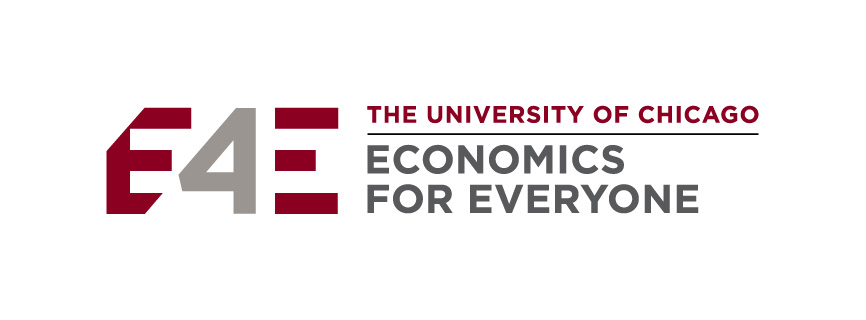
Grades 9-12

Don't have an account yet? Sign up for free
Don't have an account yet? Sign up for free


A balance sheet shows the assets, liabilities, and net worth for a business on a given day. This business document is one of the major documents used in evaluating a business. Students will learn the components of a balance sheet by working through many problems to strengthen their understanding.
A balance sheet shows what the business owns (assets), owes (liabilities), and is worth on a given day. The balance sheet is a financial statement that every business must prepare. In or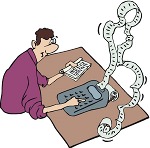 der to invest wisely, a knowledge of a balance sheet is crucial. In this lesson, students will learn the components of a balance sheet and how to make rudimentary calculations.
der to invest wisely, a knowledge of a balance sheet is crucial. In this lesson, students will learn the components of a balance sheet and how to make rudimentary calculations.
Students might benefit from some amusing stories to hold their attention. In order to spice up your presentation, you might consider having a few accounting jokes .
1. Have students go to https://www.investopedia.com/terms/b/balancesheet.asp and watch the video on balance sheet. Each part of the balance sheet is explained.
2. Have students download the template for the balance sheet to their desktop. Students can also save the template to their account.
3. While the students have the spreadsheet open, lecture over the three parts of the balance sheet. Next, change components of the balance sheet, so that students can see how changes to assets and liabilities affect net worth. For example, change cash from $200,000 to $150,000 and show how total assets and owner’s equity changes. Make similar changes to accounts payable.
4. Discuss the accounting equation. That is, assets minus liabilities equals owner’s equity. Show algebraically that liabilities plus owner’s equity equals assets.
Students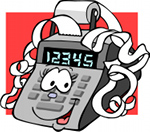 have learned how to complete a balance sheet. This knowledge is important for anyone going into business, investing in business, or applying for a loan.
have learned how to complete a balance sheet. This knowledge is important for anyone going into business, investing in business, or applying for a loan.
In this rigorous lesson, students repeatedly had to recall and apply accounting concepts to financial data. Students have gained important knowledge about accounting and have sharpened their mathematical skills too.
Students should use the Balance Sheet Template #1 linked to this lesson to complete the following task: Prepare a balance sheet dated December 31, 2011. Cash, $3,300; Accounts Receivable, $400; Property, Plant, and Equipment, $100,000 ; Accounts Payable, $54,000; Debt, $28,000. Print out your spreadsheet and turned in to you.
Assets = $103,700
Liabilities = $82,000
Owner’s Equity = $21,700
Have students complete the Balance Sheet Worksheet.

Grades 9-12
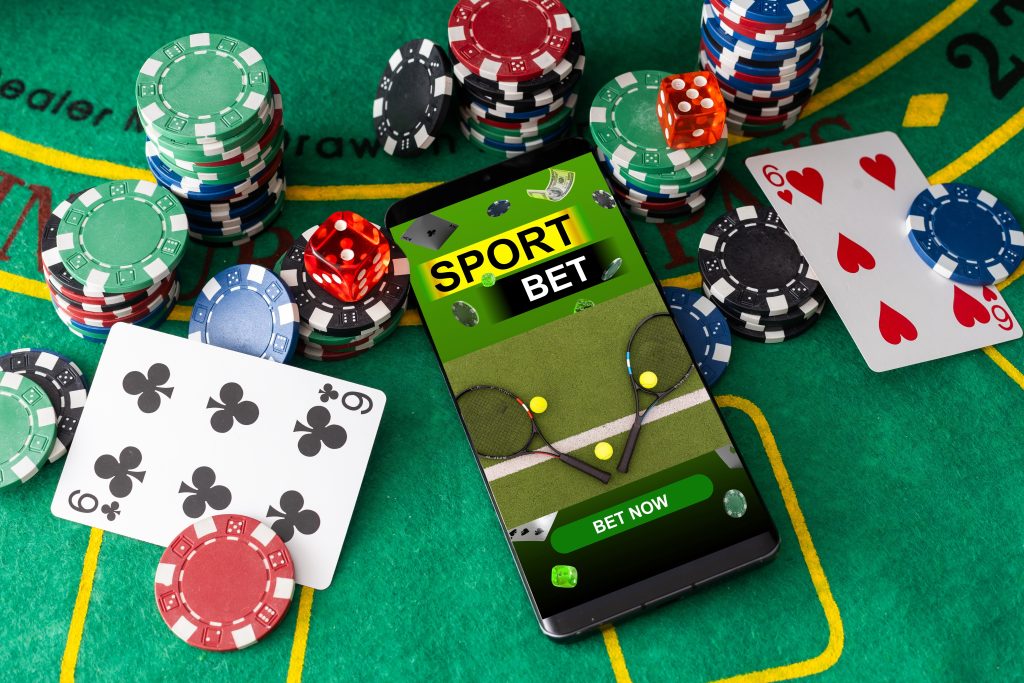
Grades 9-12

Grades 6-8, 9-12
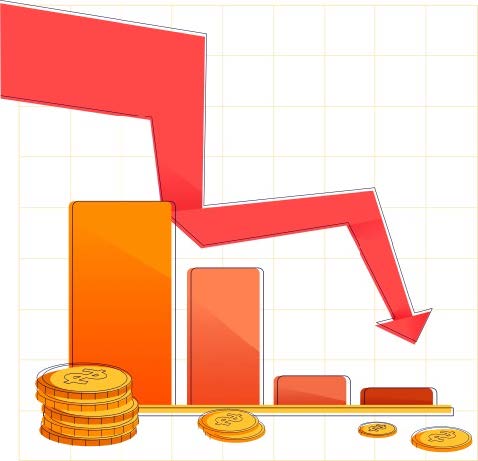
Grades 9-12
